All About Solar Panel Sizes and Wattage
The solar system size your home needs ultimately depends on solar panel sizes and wattage. You can’t put more panels on your roof than it can hold, and you need a system with enough wattage to power your important appliances. So, what is the standard size of a solar panel and the correct wattage?
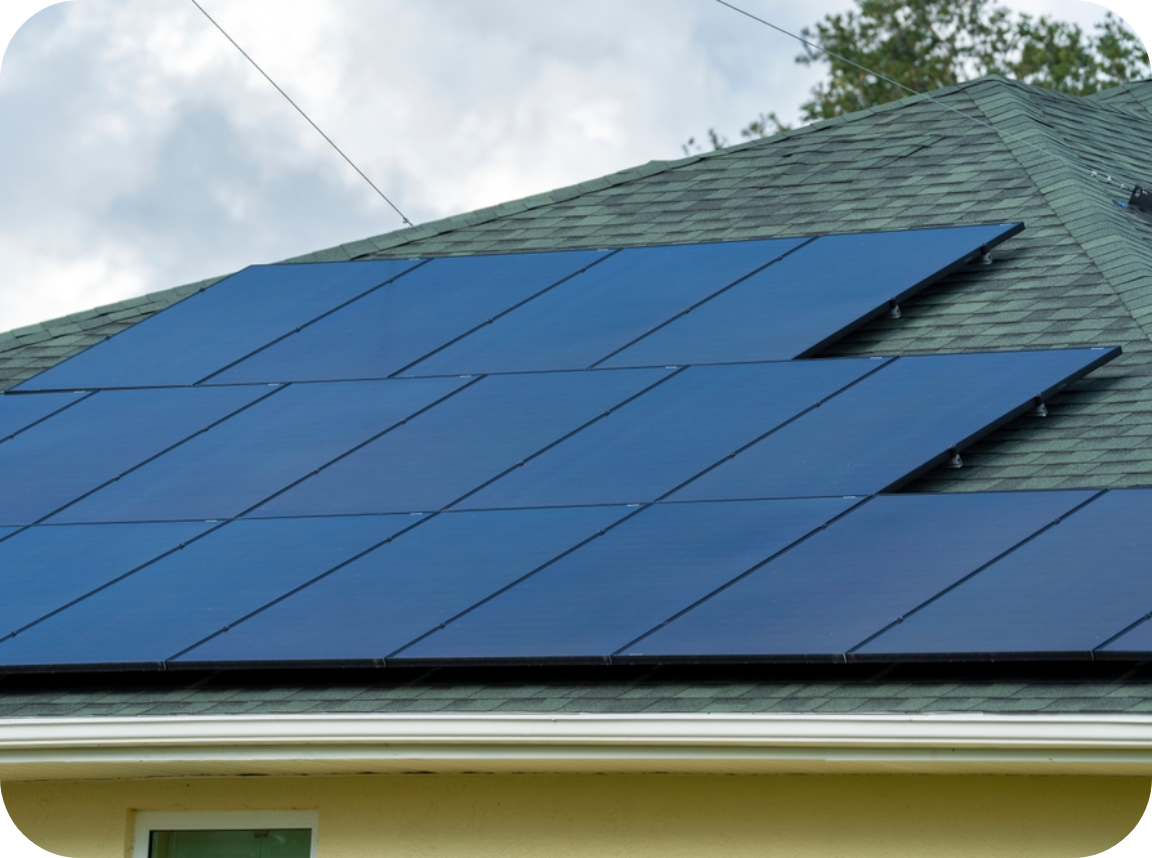
Determining Factors for Solar Panel Size
Solar panel size varies based on a range of variables including panel type, material, wattage and manufacturer.
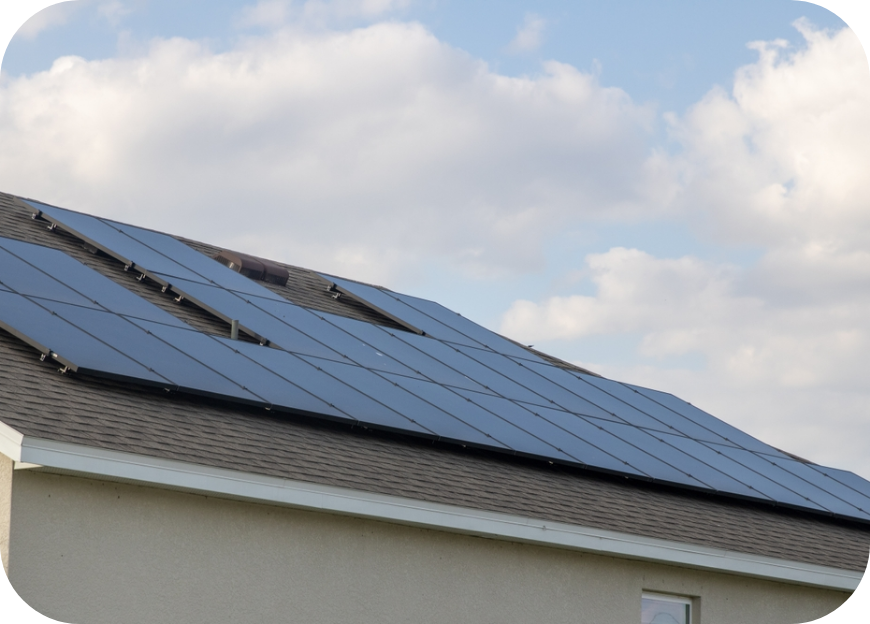
Panel Type
There are three types of solar panels: polycrystalline, monocrystalline, and thin-film. They all have their own advantages and disadvantages.
Residential vs. Commercial Panels
Most home solar power dimensions are 65 inches by 39 inches per panel. Panels are made up of small photovoltaic (PV) solar cells that are always the same size: roughly six inches long by six inches wide. Most residential solar systems have up to 60 PV cells.
Commercial solar power dimensions are larger, typically 78 inches by 39 inches per panel. They usually contain 72 PV cells but can have up to 98.
A third category of solar panel size, the “portable” 100 Watt solar panel is the smallest at around 40 inches by 20 inches. These are typically used to power small appliances when camping or for emergency power.
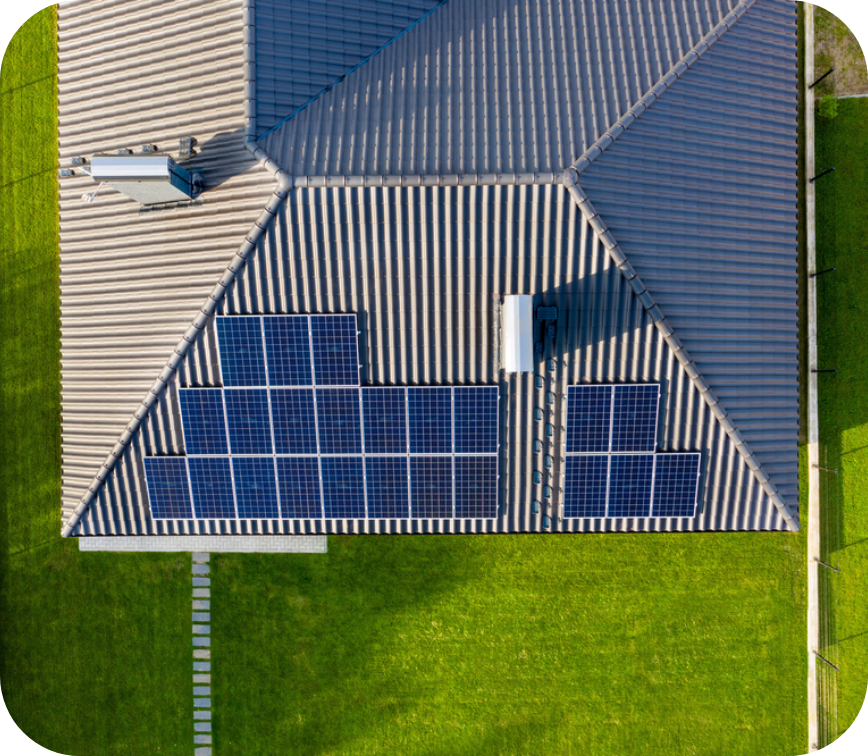
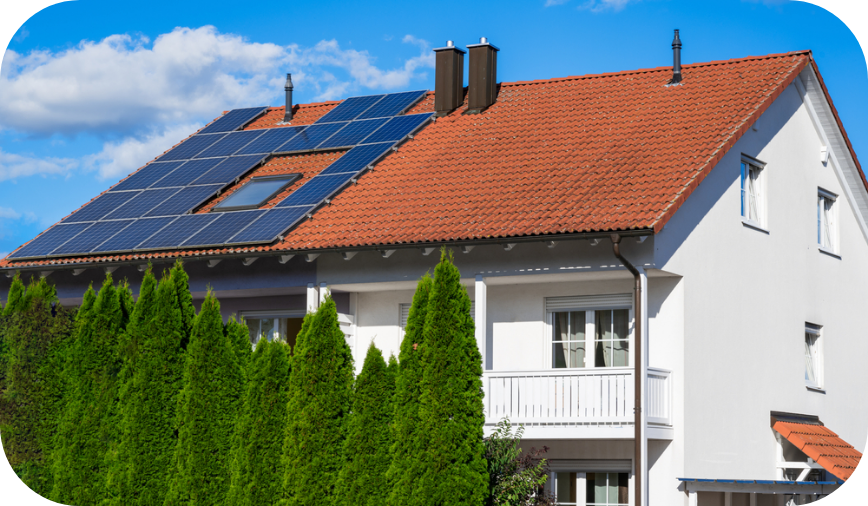
Material
Monocrystalline cells are made from a single silicon crystal. In contrast, polycrystalline cells are composed of small fragments of silicon crystals that are melted together before being cut into wafers. Even though their makeup doesn’t affect their size, monocrystalline cells are more efficient, so fewer will be needed.
Wattage
Each solar panel consists of many individual solar cells connected in parallel circuits. The higher the solar panel wattage, the more solar cells are needed, and the bigger the panel will be. Solar panels that are used on homes are typically in the 300-400 Watt range. Panels of this size are great for home installations due to their size, weight and cost. While larger, 500 Watt solar panels do exist on the market, the larger size doesn’t necessarily translate to greater benefits.
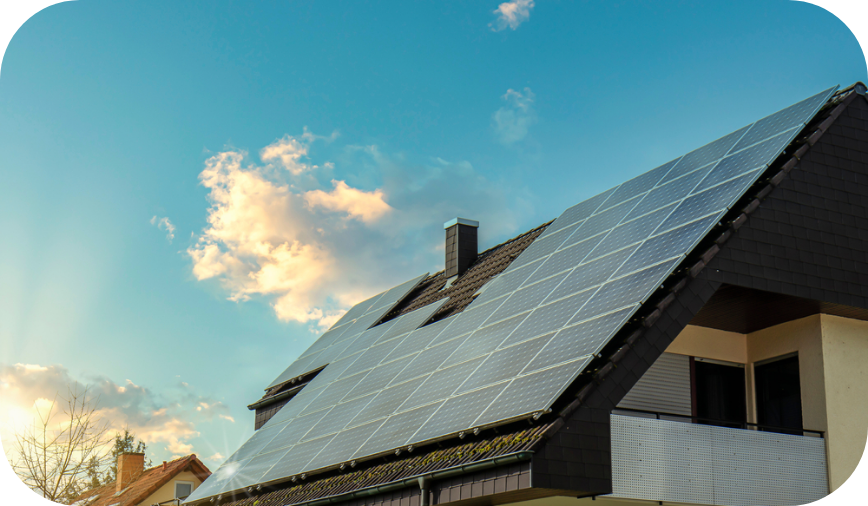
How the Number of Panels Affects System Size
The size and wattage of a solar panel system depend on how many panels you need for your home. A few factors can determine how many panels your home needs, such as usage, output efficiency, solar panel size, and the amount of sunlight you get.
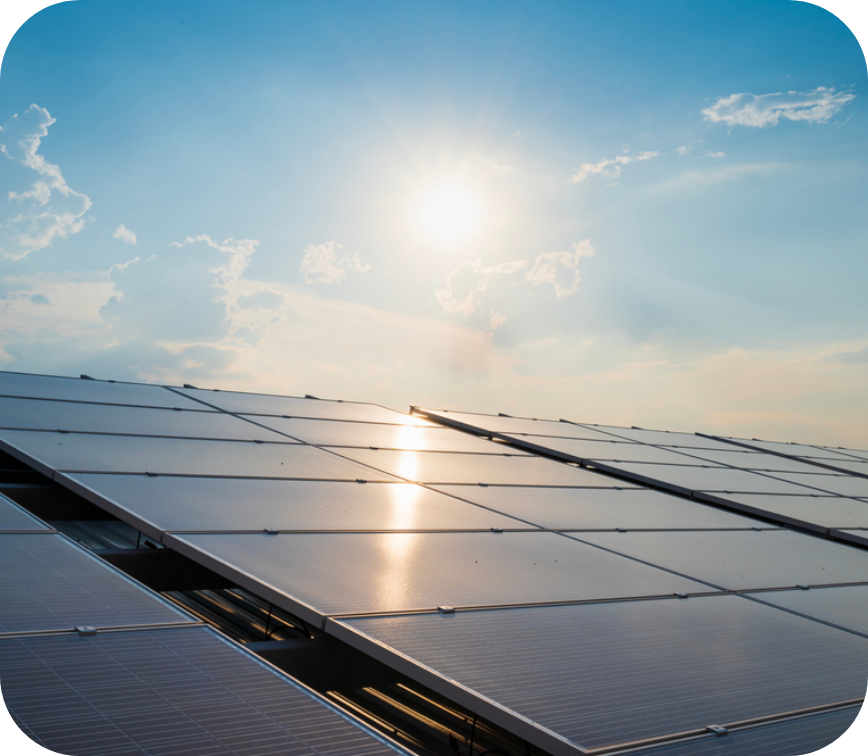
Watt Usage & Daily Sunlight
To determine how many solar panels your home needs, the first thing you need to do is to calculate your home’s average daily watt usage. Take a look at your electric bills for the kWh that you tend to use in 30 days. Divide that number by 30 to get your daily average. An average home in the United States will use 900 kWh in a month, averaging about 30 kWh per day. Next, figure out the number of daily peak sunlight hours that your location gets. For instance, because of the difference in latitude, this number will be a lot lower for someone who lives in New York than it will be for someone in Los Angeles. Multiply your daily usage by 1,000 to convert it to watts, and then divide that by the number of peak sunlight hours your home gets. Assuming an average consumption of 30 kWh per day and five peak sunlight hours a day, then your home would require 6,000 watts each day.
Solar Power Output Efficiency
Output efficiency is another significant factor in the size and wattage of your solar panel system. Not all solar panels are the same and can range in wattage from around 150 watts to 370 watts per panel, depending on the solar panel size and the manufacturer. However, the more efficient your solar panels are, the more wattage they can produce. With efficient panels, you’ll be able to install fewer panels on your roof to get the same output.
Though there are variations in efficiency, standard-size solar panels typically produce around 250 watts. To determine how many solar panels you need, divide your daily wattage requirement by the panel’s wattage. Using the typical watt amount and the numbers we calculated above, the equation would be
6,000 / 250 = 24 panels

Can solar panels damage your roof?
If your solar panels are installed properly, they shouldn’t cause any damage to your roof. You shouldn’t have any issues if you work with a licensed installer. Here are a few factors that can factor into the impact that solar has on your roof.
Proper Installation
Though it may be tempting to install solar panels on your own roof as a DIY project, this can end poorly if you don’t have training or experience. Solar installation requires specialized skills and tools. Not only can improperly installed solar panels be less effective at producing energy, but they can also damage your roof.
System Size
Knowing your solar panels’ sizes and weight is the best way to determine if your roof can support an entire system. Weight can vary depending on the brand, but the average weight of a standard-size solar panel is 40 pounds. However, they can range anywhere between 38 to 51 pounds.
Roof Maintenance
Before you begin a solar installation, you should ensure your roof is ready. You can hire a contractor to look for loose shingles, cracks, pooling water, or any other damage. The contractor can remove debris and make necessary repairs to ensure your roof is ready for solar installation. By fixing roof damage before installation, you can prevent damage that may be harder to access after your system is installed.
Final Thoughts
Solar panel sizes and wattage play a significant role in determining the size and cost of the system your home needs. The best way to find the right size is to consult with a certified solar company like Axia Solar. Our team will work with you to design and create a system that best suits your home. Use our solar calculator to get started, or visit our website to learn more about how we can help you take control of your energy costs.
Learn More
Want to learn more about how solar works? Check out these related articles. Have a question you can’t find an answer to? Contact us or chat live with an expert today.
Related Articles
